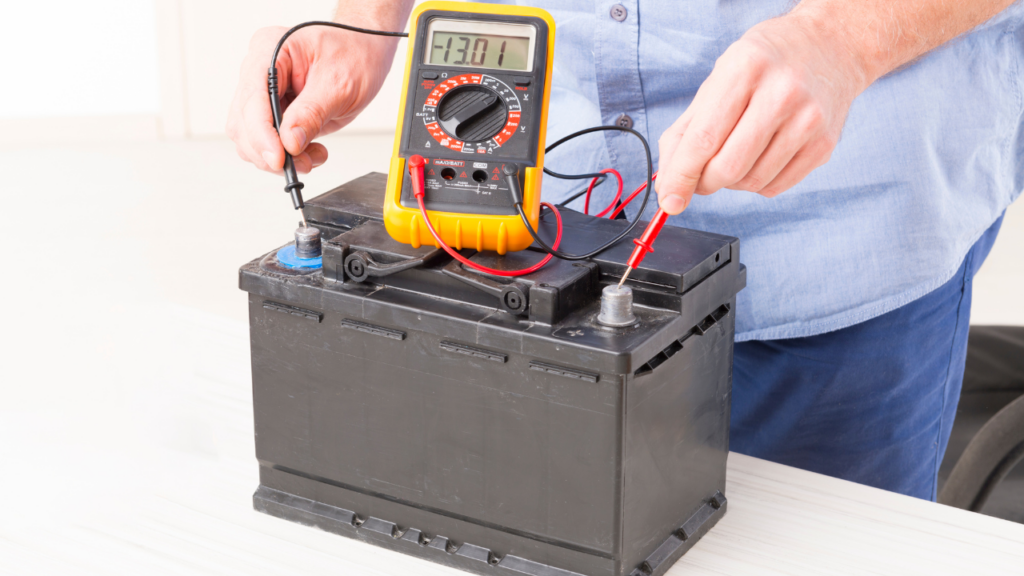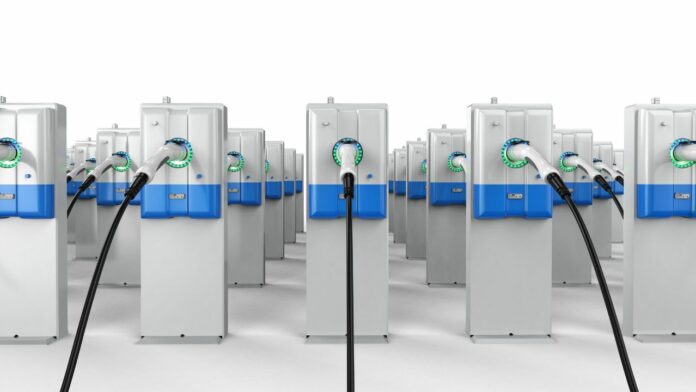As the popularity of electric vehicles (EVs) continues to grow, so does the demand for better and more efficient ways to charge them. One potential solution gaining traction in recent years is EV battery swapping.
What is EV Battery Swapping?
EV battery swapping is a process whereby the battery of an electric vehicle (EV) is replaced with a fully charged battery. This can be done at a dedicated EV battery swapping station, or a mobile battery swapping service can swap out the batteries.
The main advantage of EV battery swapping over traditional EV charging is that it is much quicker. For example, a typical EV charging station can take up to 8 hours to charge an EV battery from empty to full, depending on the charging speed and the battery capacity. In contrast, an EV battery can be swapped out in as little as 5 minutes.
This makes EV battery swapping a much more viable option for long-distance travel, as it minimises the time an EV needs to be taken off the road. It also means that EVs can be used more frequently and for more extended periods, as there is no need to wait for the batteries to recharge.
There are currently a limited number of EV battery swapping stations in operation worldwide, but this is expected to change as the technology develops and becomes more widespread.

The Different Types of EV Battery Swapping Systems
There are a few different types of battery swapping systems, each with its benefits and drawbacks. The most common type is the automated system, where batteries are swapped out using a robotic arm. These systems are fast and efficient but can be expensive to set up and maintain.
Another type of system is the manual system, where batteries are swapped out by hand. These systems are typically less expensive than automated ones but are also slower and more labour-intensive.
Finally, semi-automated systems combine features of both automated and manual systems. These systems can be faster than manual ones but not as fast as automated ones. They also tend to be more affordable than either type of system on its own.
No matter which type of system you choose, battery swapping can be a great alternative to charging stations.
EV Market in India
India is the fifth largest automobile industry and has projections of being the third largest in 2030. The electric vehicle (EV) industry is also expected to grow by 36% per year as the population rises and demand for vehicles such as cars increases. However, India imports most of its fuel, which is not sustainable according to the India Energy Storage Alliance (IESA). NITI Aayog aims to achieve EV sales penetration of 70% for all commercial cars, 30% for private cars, 40% for buses and 80% for two-wheelers by 2030.
In 2021, the highest number of electric vehicles sold in India were from Uttar Pradesh which held 66,704 of the total units. Karnataka followed this with 33,302 and Tamil Nadu with 30,036. Uttar Pradesh LED sales in three-wheelers, while Karnataka and Maharashtra dominated two-wheelers and four-wheelers, respectively.
EV Battery Swapping Providers in India
There are quite a few companies which provide battery swapping services in India. But most of them don’t have a Pan India presence. Ola Electric, Amara Raja, Amplify Mobility, Esmito Solutions, Gogoro, ChargeMYGaadi, EChargeUp Solutions, Lithion Power, NIO, Numocity, Oyika Pte, Panasonic India, Revolt Motors, SUN Mobility, TATA Power, Okaya and BatterySmart.
Among them, Gogoro needs a special mention. It is a Taiwanese company specialising in battery swaps for two-wheeler electric vehicles. Gogoro’s solution for battery swapping is used by 95% of all electric two-wheel in Taiwan. Now the company has made inroads in the Indian market by partnering with Hero Motocorp.

EV Battery Swapping Models
There are two main models been used in EV Battery Swapping
1.Battery-as-a-service (BaaS) /Subscription Model
2.Pay-Per-Use Model
BaaS or subscription model is where EV battery needs are treated as a service segment like PNG. Here, the rates for swapping batteries are less than what one would pay in the pay-per-use model.
In the pay-per-use model, drivers pay according to their usage due to the absence of a fixed driving pattern. For instance, a short-distance commute does not necessitate frequent battery swaps, which is why most drivers are likely to choose the pay-per-use model.
Pros and Cons of EV Battery Swapping
There are a few advantages to using EV battery swapping stations. First, it is a much faster way to recharge an EV than using a standard EV charger. This can be helpful if you are trying to make a long trip and need to recharge your vehicle quickly. Second, battery swapping stations can be located much closer together than EV charging stations, making them more convenient for drivers.
However, there are also some drawbacks to using EV battery swapping stations. First, the cost of the batteries themselves can be expensive. Second, swapping out batteries can be time-consuming and inconvenient, especially if there are too many cars waiting to use the station. Overall, whether or not battery swapping is the right choice for you will depend on your individual needs and preferences.
Conclusion
EV battery swapping is a great alternative to EV charging stations for a number of reasons. It’s more convenient, it’s faster, and it’s less expensive. If you’re looking for a way to charge your EV quickly and easily, battery swapping is the way to go.



Useful